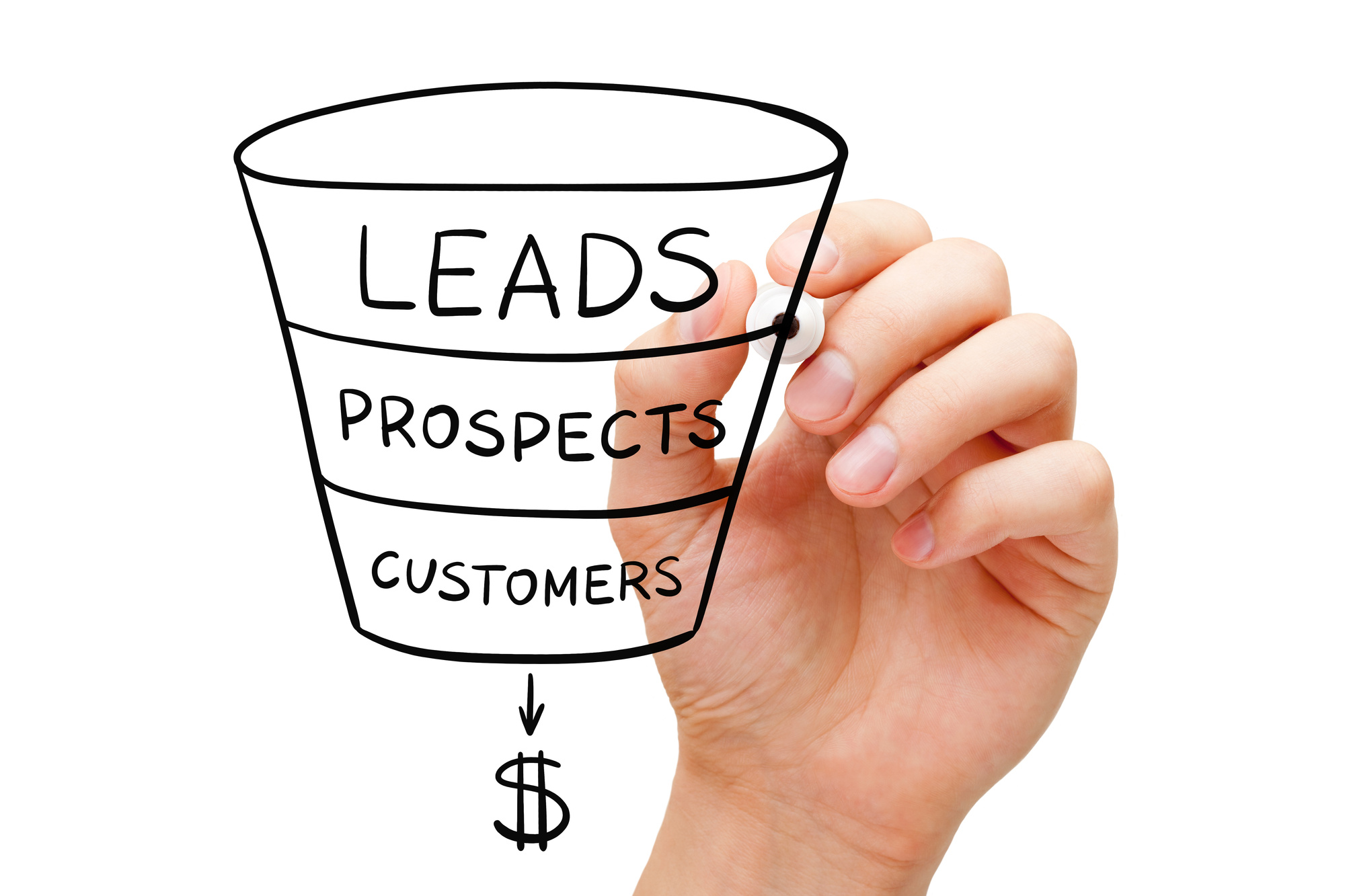The purpose of marketing is to raise awareness of the company’s brand and product offerings. The underlying intention is to generate sales and boost revenue. But customers have intentions of their own that business must consider to market successfully.
In this article, you’ll discover how to build a successful digital marketing funnel.
What is a Digital Marketing Funnel?
A digital marketing funnel is the use of a digital marketing strategy to follow customers along their purchasing journey. The term ‘marketing funnel’ is often used interchangeably with the term ‘sales funnel’ though they have key differences.
Historically, sales and marketing existed as separate entities. With the growth of eCommerce, companies understand that sales and marketing go hand in hand.
The key difference between the two is that marketing functions as a tool to capture leads. Sales functions to nurture those leads into purchasing. So, as your customer becomes aware of your products and services, they move into your sales funnel.
Because they have so much overlap, we’ll the term interchangeably for this guide.
How to Create an Effective Online Marketing Funnel
An effective marketing funnel follows each stage of the customer’s journey. It is referred to as a funnel because of the wide net marketers cast initially to garner attention.
For example, a wide net for a plumbing company would be all homeowners. From there the funnel narrows to the small number of homeowners looking for plumbing services.
The truth is though, customers cycle through various stages of their journey before ever making a purchase.
The buyer’s journey:
- Awareness of a challenge or opportunity
- Research and discovery of possible solutions for their goal
- Consideration and narrowing of choices
- Purchase
The sales funnel is identical to this with the addition of a post-purchase nurturing loop to encourage customer loyalty. Below are key elements to building a profitable funnel.
Create Exposure for Your Brand
Creating exposure for your brand nurtures customers at the top of the funnel. It makes them aware of your business and product offerings.
At this stage, they don’t yet know whether or not they need your service. For example, buyers may be considering taking a vacation at this stage but haven’t decided to.
Techniques for exposure and gaining traffic:
- Using SEO tactics
- Content marketing for this part of the journey
- Social Media
- Videos
- E-mail marketing
- Offering freemiums for email sign-ups
About 81% of millennials use platforms like YouTube at this stage. Narrow your net by clearly defining your target audience and where they hang out.
Nurture Your Audience in Middle of the Journey
The middle of the buyer’s journey is where customers know what their goal is and are now researching possible solutions. For example, they now want to take a vacation and are considering where. This is the first part of the journey where customers start considering a purchase.
SEO and content marketing are your best friends at this stage. Use keyword research to answer all questions your customers might have on a topic. This is also a great place to utilize landing pages and email lists. Software tools like Keap, Salesforce CRM, and Kartra allow you to automate every step of your marketing funnel.
Automating emails can help you personalize your marketing tactics to reflect customer behavior. It also saves hours of valuable time.
Encourage Loyalty After the Purchase
When customers decide to make a purchase, they may cycle between the research and consideration stages. Keywords like ‘how much does XYZ cost’ or ‘product X vs product Y’ usually indicate customers are ready to buy.
Help them at this stage by gearing your content to how your product is better for their needs over your competition.
After the purchase your customers enter the loyalty funnel. This cycles them between the consideration, research, and purchase stages faster.
More than 53% of customers will pay more better service. Over 70% need to have a good customer experience to encourage loyalty. Capitalize on this by offering personalized customer service.
When developing your e-mail campaigns, remember to create campaigns for your loyal customers.
Implement, Measure, Repeat
The most important step of any new system is measurement. Without measuring your tactics you can’t know if your system is working.
A digital marketing funnel requires implementing several facets of a marketing strategy. It can take months before you see results but the content you create will continue to pay off for years after.
Get to know your target audience, engage with them, and create content they’d find valuable at every stage. Implement, measure, repeat.
For more ideas on growing a successful brand, check out more of our blog.


Leave a Reply